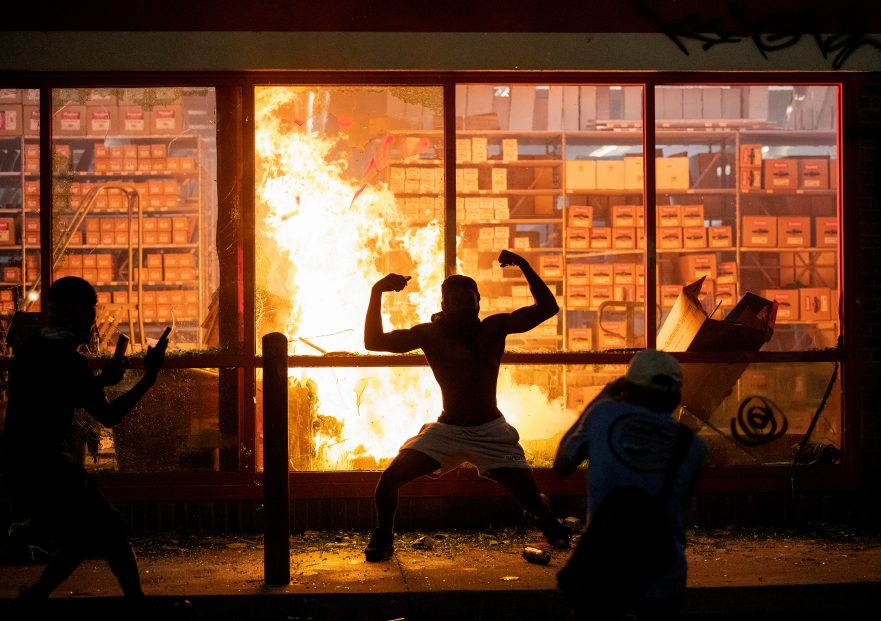In today’s environment, civil disturbances or civil unrest are unfortunately common occurrences and businesses should be prepared for the worst-case scenario. The latest is the current protests and looting going on in Minneapolis, St. Paul, N.Y.C, Denver, and others around the nation.
According to the Federal Emergency Management Agency (FEMA), a civil disturbance is “a civil unrest activity such as a demonstration, riot, or strike that disrupts a community and requires intervention to maintain public safety.” Civil disturbances, or unrest, can cause a variety of subsequent issues such as violence and assault, disorderly conduct, or vandalism. Civil disturbances are potential risks for most businesses but even more of a risk for high-value businesses because they are usually the first to be targeted by looters.
Ask yourself the following questions:
- What would you do if your store was closed for several days because it was damaged or even totally destroyed?
- What if your loan, payroll, tax, accounting, or operating records were destroyed?
- Is your insurance adequate to get you back in operation? Do you understand what is covered and what is not?
- How long can you survive if your business is shut down?
The purpose of any emergency plan is to organize actions during a crisis. A well-developed workplace emergency plan and proper employee training may result in fewer employee and customer injuries and less structural damage to the business. Your plan should be constructed with every employee and customer’s safety in mind as your first objective, and how to reduce losses to your business as your secondary objective. It is the responsibility of the owner and the management team to evaluate an emergency situation, ensure that appropriate action is taken, determine whether outside support is needed, and summon that support, if necessary. Demonstrations and protests are often unpredictable and can turn violent without warning.
Following are examples of locations that may introduce an increased level of exposure to civil disturbance:
- Urban or downtown areas
- Proximity to sporting complexes
- Proximity to venues/parade routes
- Proximity to a business that may be a target of a protest gathering
- Proximity to government buildings, foreign embassies, and consulates
If a civil disturbance occurs
Management should maintain an open line of communication with local law enforcement so that they may be called in as quickly as possible.
An employee of the store should be stationed at the front customer door in order to observe the situation outside and report any changes to the manager. If the situation is deemed threatening to employees and customers, the front door should be locked. If possible, roll down gates and/or close blinds to reduce the danger of looters and possible flying glass. Cash, jewelry, and other high-dollar items should be secured in the safe. Law enforcement should be contacted and a request made to escort customers and employees to their vehicles safely off the premises.
During episodes of civil unrest, many people fail to heed warnings to evacuate so they can protect their homes or businesses. Consider this decision carefully as it may put you in grave danger. It’s important to remember that if looters strike, you will likely be outnumbered and your attackers may be armed. If you can evacuate, it’s usually better to do so. DO NOT stay in your store at night to protect it. Money and merchandise can be replaced… You can’t. This is why you and your business have insurance.
Remember, the main purpose of any emergency plan is to protect the employees and customers in the event of a civil disturbance as well as to protect the company’s property and cash. Be safe and be profitable.

